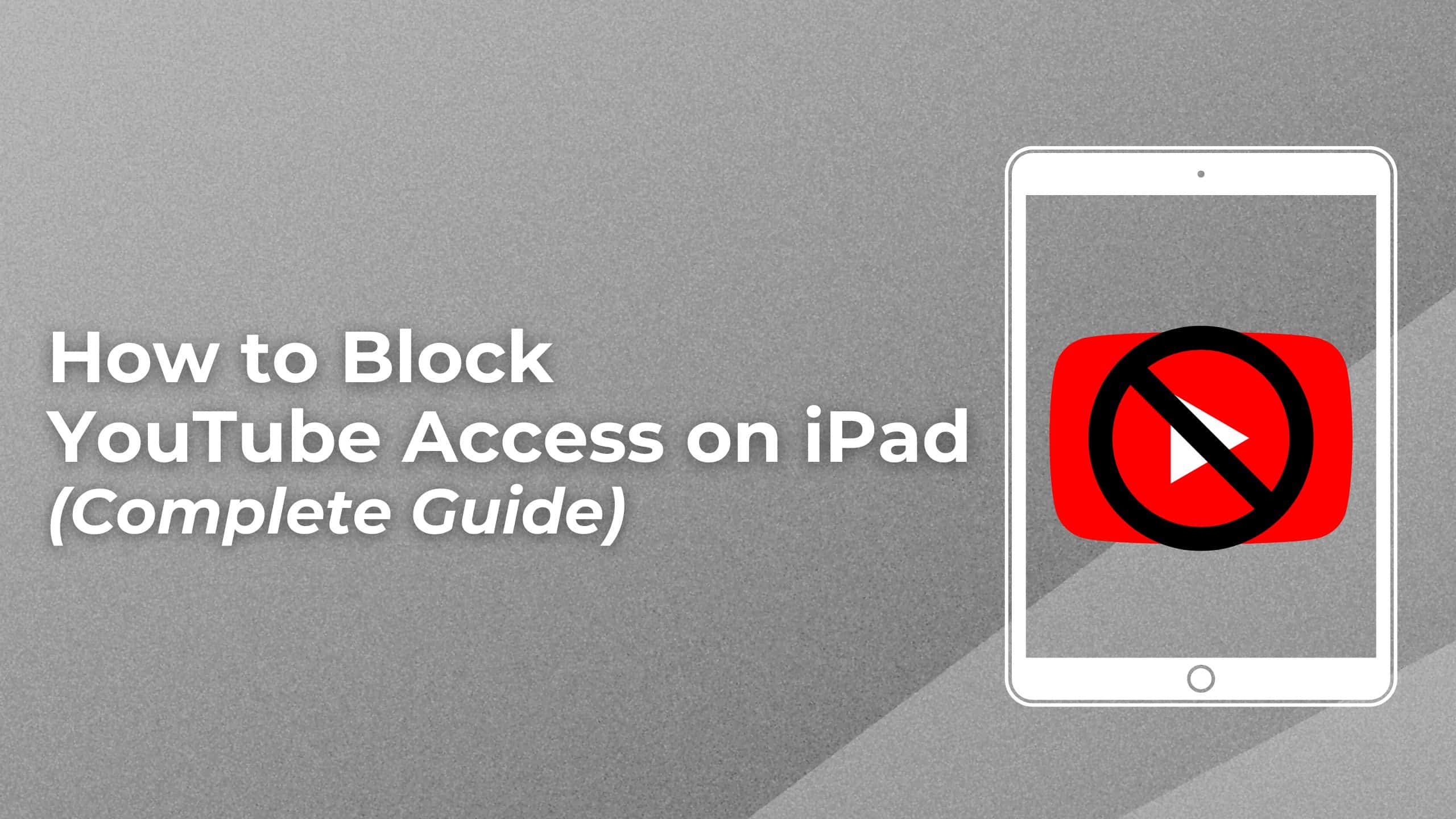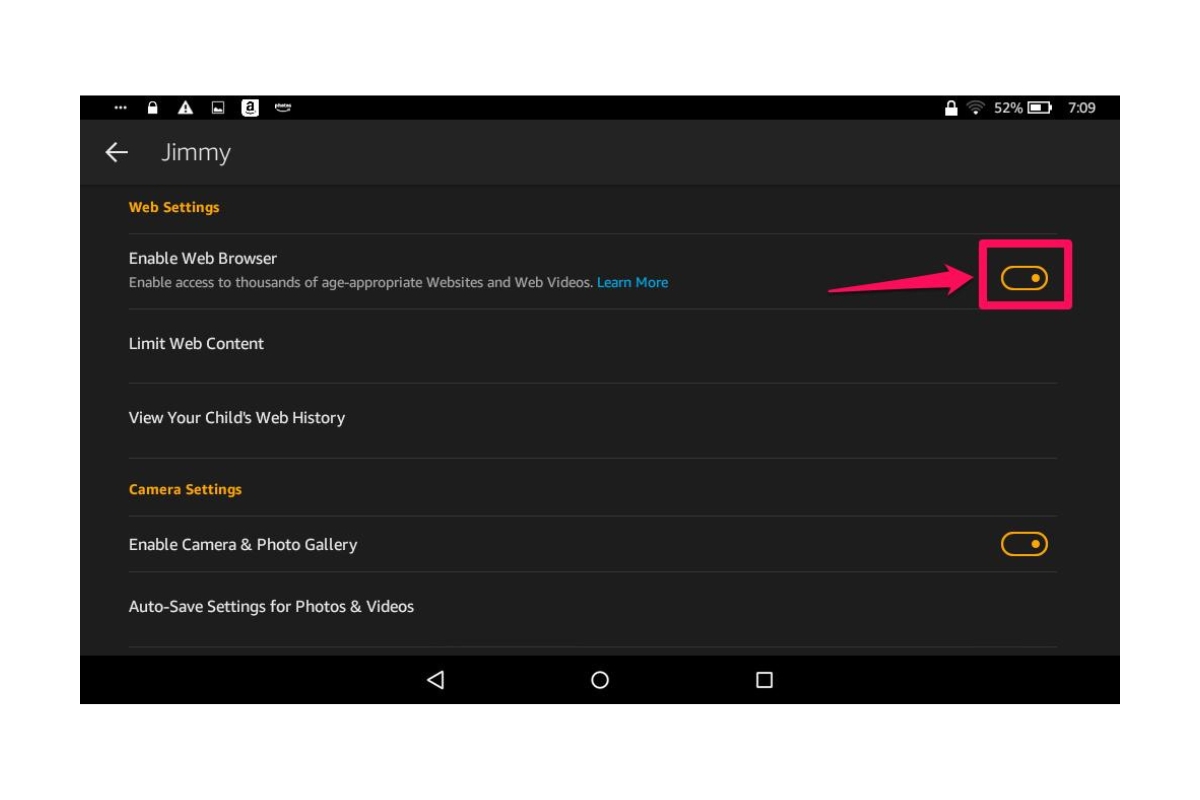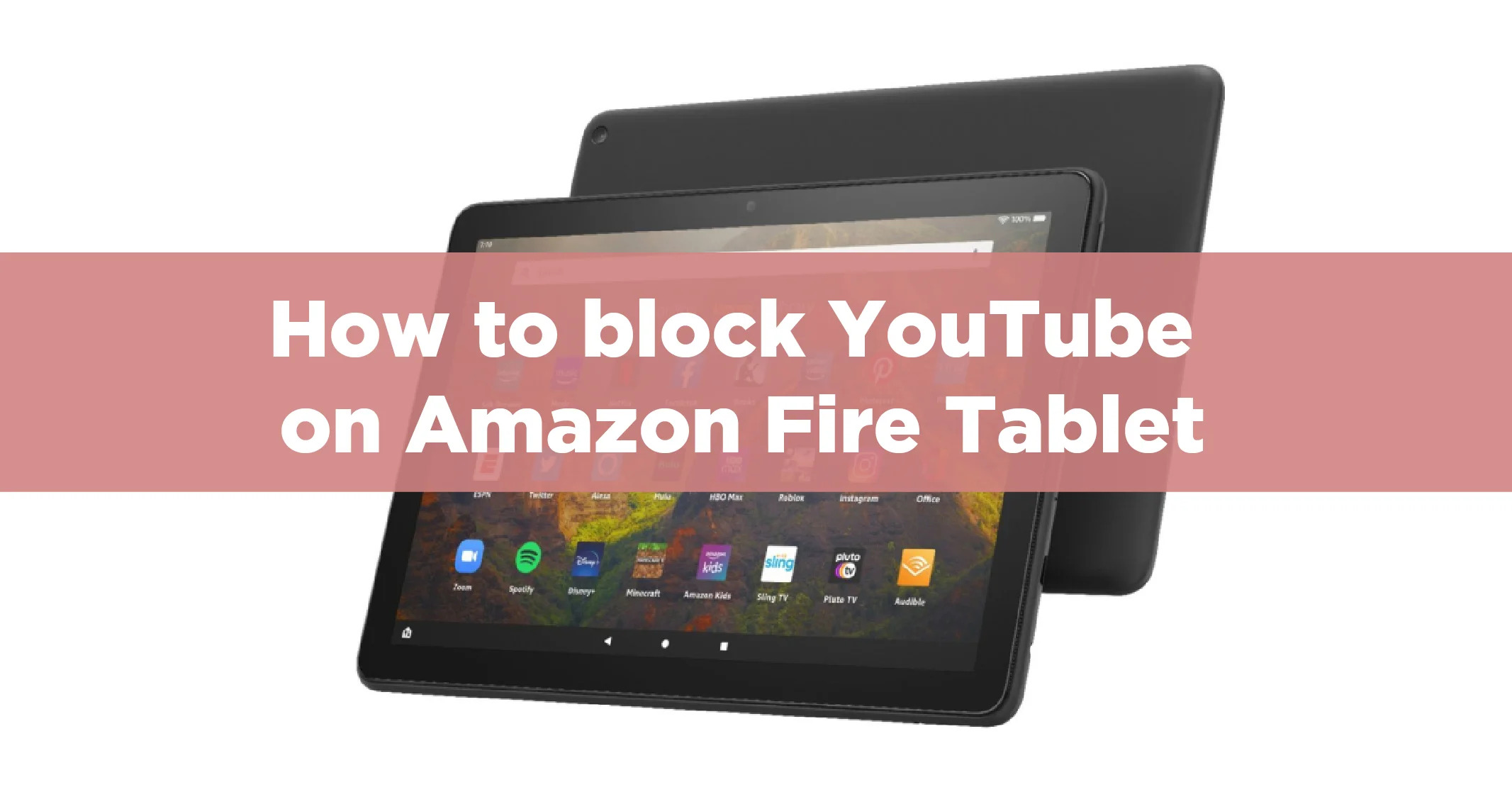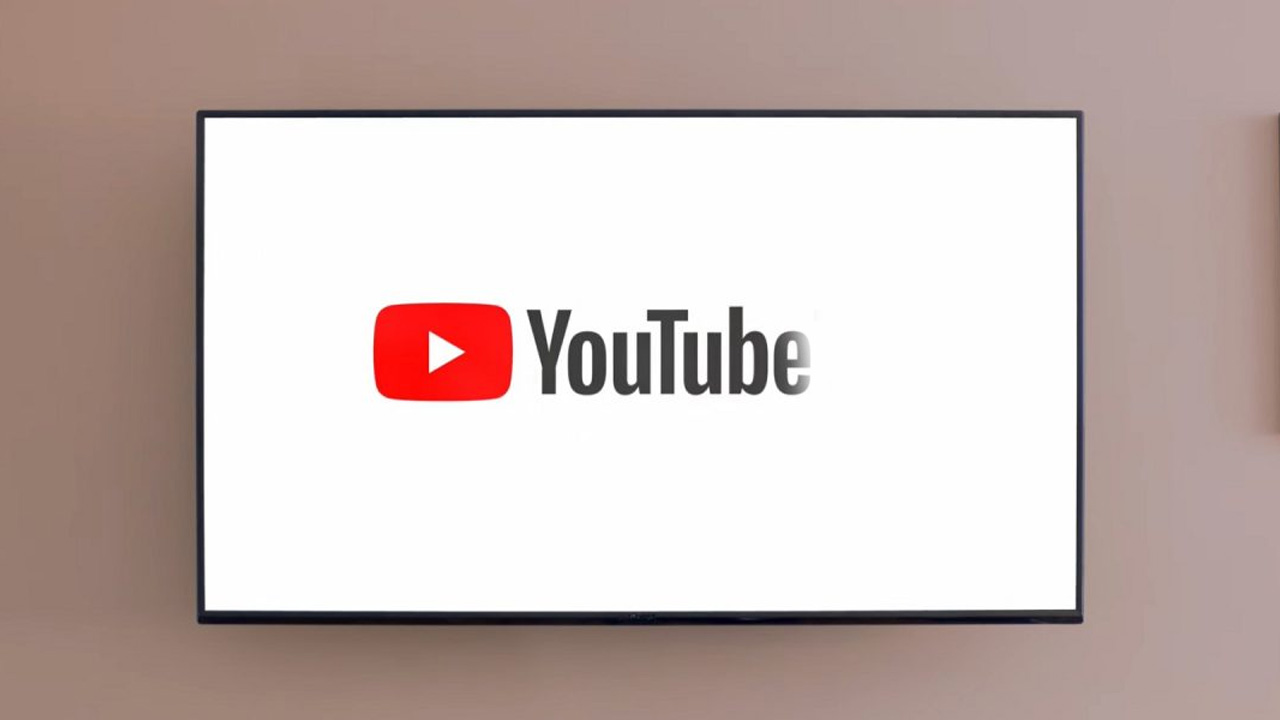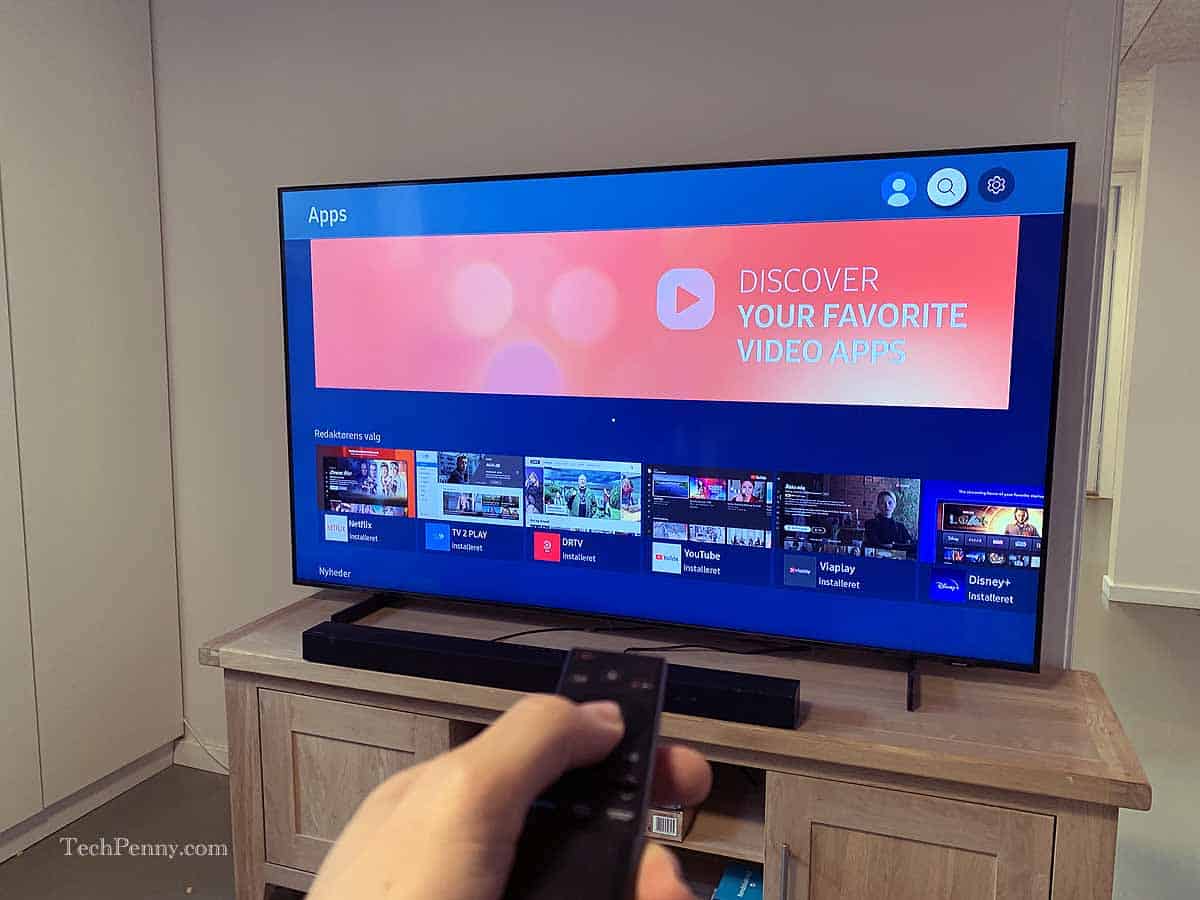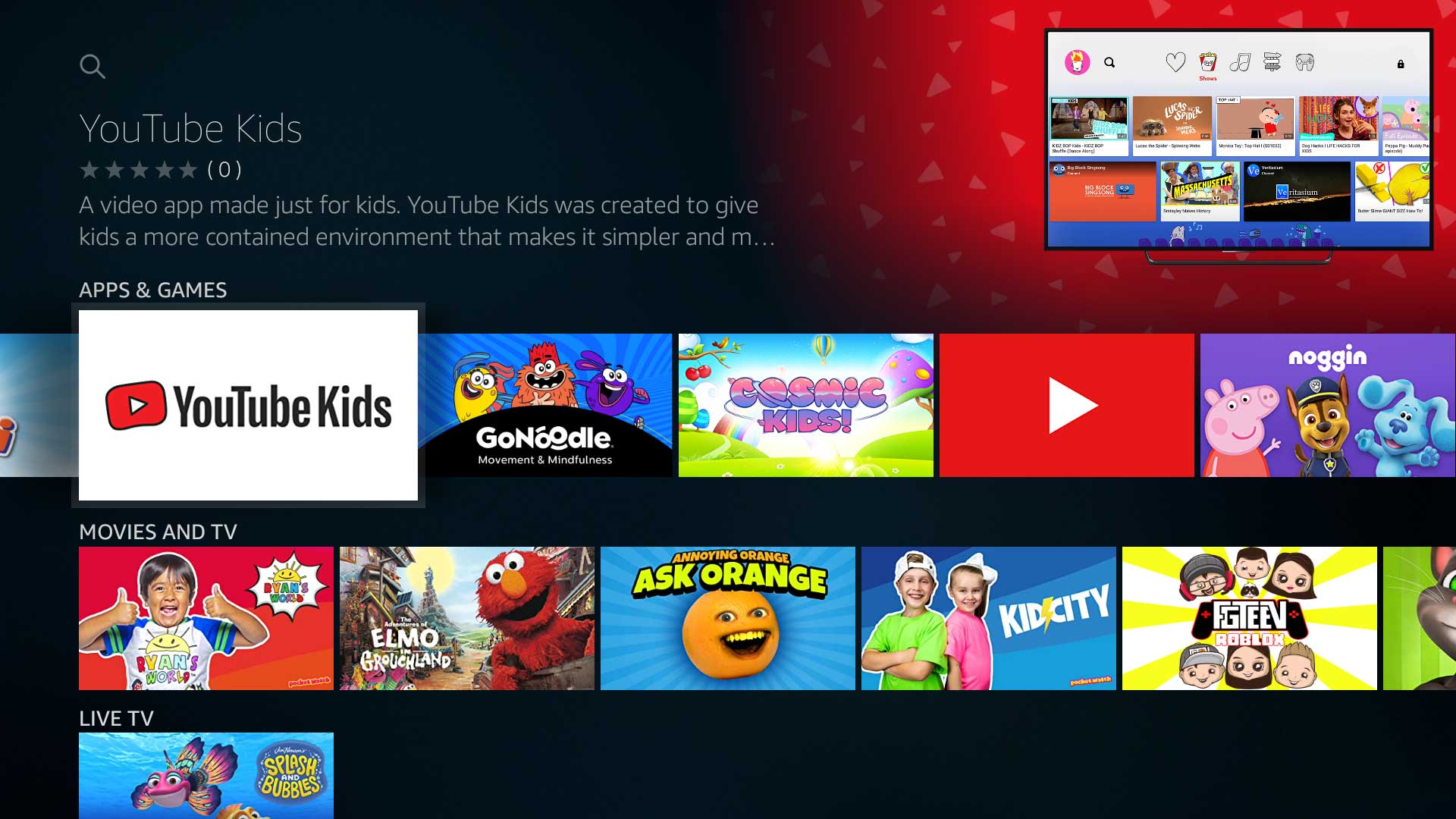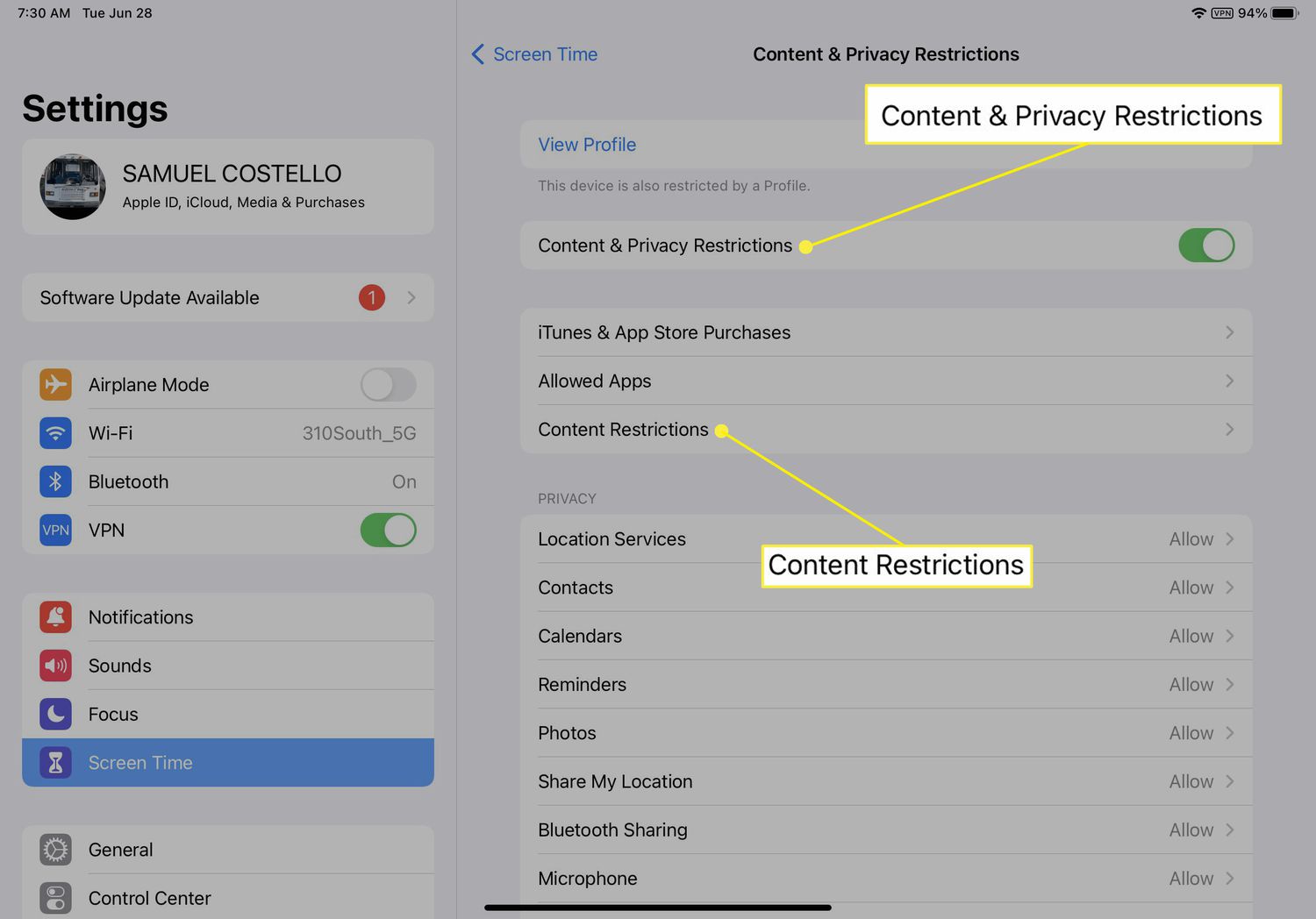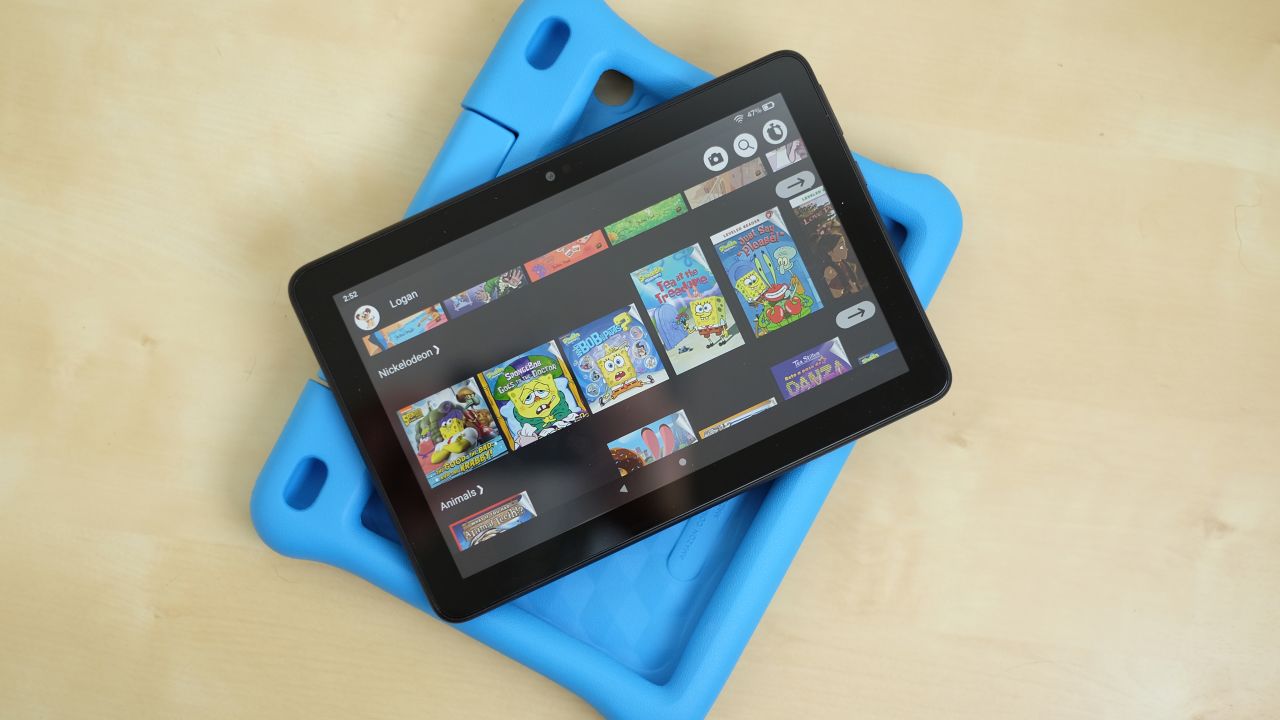Introduction
Welcome to our guide on how to block YouTube on a tablet. With its wide range of content, YouTube can be both entertaining and educational. However, it is not always suitable for everyone, especially young children who may stumble upon inappropriate videos or spend excessive amounts of time watching videos instead of engaging in other activities. If you’re a parent or a guardian looking for ways to restrict access to YouTube on a tablet, you’ve come to the right place.
Blocking YouTube on a tablet is not only beneficial for children but can also be helpful for individuals who struggle with productivity or addiction to online videos. By implementing effective methods to block access to YouTube, you can create a healthier and more controlled digital environment.
In this article, we will explore various methods that you can use to block YouTube on a tablet. Whether you prefer built-in parental control settings, third-party apps, or manipulating router settings, we’ve got you covered. We will also discuss the option of installing a custom ROM for advanced users who want to take their device’s control to the next level.
Before we dive into the methods, it’s important to note that blocking YouTube does not mean restricting access to the entire internet. These methods allow you to specifically target YouTube and prevent it from being accessed on your tablet while maintaining access to other websites and apps.
Now that we’ve set the stage, let’s explore the different methods that can help you effectively block YouTube on your tablet. Whether you’re an Android or iOS user, there’s a solution for you.
Why Block YouTube on a Tablet?
YouTube is a platform that offers a vast range of videos, from entertainment and music to educational content. While YouTube can be a valuable resource, there are several reasons why you might consider blocking it on a tablet:
1. Age-inappropriate content: YouTube contains a wide variety of content, and not all of it is suitable for all ages. There is a chance that children might stumble upon inappropriate videos or content that is not appropriate for their age group. By blocking YouTube, you can ensure that your children are not exposed to content that is not suitable for them.
2. Distraction and excessive screen time: YouTube can be addictive, and it’s easy to spend hours watching videos without realizing how much time has passed. This can be particularly concerning for young children or individuals who struggle with self-regulating their screen time. By blocking YouTube, you can help manage screen time and encourage healthier habits.
3. Productivity and focus: YouTube is a major source of distraction for many individuals, including students and professionals. If you find yourself constantly getting sidetracked by YouTube videos when you should be studying or working, blocking YouTube on your tablet can help improve your focus and productivity.
4. Data usage and bandwidth: Streaming videos on YouTube can consume a significant amount of data and bandwidth. If you have limited data plans or slow internet connections, blocking YouTube can help you save on data usage and ensure that other activities requiring internet access are not hindered.
5. Personal preference: Blocking YouTube on a tablet is not just limited to children or productivity concerns. Some individuals might have personal reasons for wanting to restrict access to YouTube, such as avoiding certain types of content or breaking an addiction to online videos.
Regardless of the reason, having the ability to block YouTube on a tablet gives you greater control over the content and usage patterns on your device. It allows you to create a more tailored and responsible digital experience.
Now that we understand the reasons why blocking YouTube on a tablet can be beneficial, let’s explore the methods you can use to achieve this.
Method 1: Use Parental Control Settings
One of the simplest and most effective ways to block YouTube on a tablet is by utilizing the built-in parental control settings available on the device’s operating system. Both Android and iOS offer robust parental control features that allow you to restrict access to certain apps, websites, and content. Here’s how you can use parental control settings to block YouTube:
1. Android:
If you’re using an Android tablet, follow these steps:
- Open the “Settings” app on your tablet.
- Scroll down and look for the “Users & accounts” or “Users” option, then tap on it.
- Select the user profile you want to apply parental controls to, such as your child’s profile.
- Under the user profile settings, find and tap on “Parental controls” or a similar option.
- Enable parental controls and set up a PIN or password.
- Within the parental control settings, you can find options to block certain apps or websites. Look for YouTube in the list of apps and toggle the block option.
2. iOS:
If you’re using an iOS tablet, follow these steps:
- Go to the “Settings” app on your tablet.
- Tap on “Screen Time” or “Screen Time & Family Sharing.”
- If you haven’t set up Screen Time before, tap on “Turn On Screen Time” and follow the instructions to create a passcode.
- Under Screen Time settings, tap on “Content & Privacy Restrictions.”
- Enable content restrictions and set a passcode.
- Within content restrictions, you can find options to block apps, websites, and more. Look for YouTube in the list of apps and toggle the block option.
By utilizing the parental control settings, you can easily block access to YouTube on your tablet and provide a safer browsing experience for your child or yourself. Remember to set a strong PIN or password to prevent unauthorized changes to the settings.
Now that you know how to use parental control settings to block YouTube, let’s explore another method – using a third-party app.
Method 2: Use a Third-Party App
If you prefer a more comprehensive approach to blocking YouTube on your tablet, you can turn to third-party apps specifically designed for parental control and content filtering. These apps offer additional features and customization options to ensure a secure and controlled browsing experience. Here’s how you can use a third-party app to block YouTube:
1. Research and choose a suitable app:
Start by researching and selecting a reputable parental control app that meets your needs. Look for apps that have positive reviews and offer the features you require, such as YouTube blocking, app blocking, time limits, and content filtering.
2. Install and set up the app:
Once you have chosen an app, download and install it on your tablet. Follow the app’s instructions for setting up parental controls and configuring the desired restrictions. Make sure to grant the necessary permissions for the app to effectively block YouTube.
3. Customize YouTube blocking:
In the app’s settings, locate the YouTube blocking feature and enable it. Some apps may allow you to set specific time limits for YouTube usage or even block access to specific YouTube channels or videos. Take advantage of these customization options to tailor the restrictions to your preferences.
4. Set up additional parental controls:
Explore the other features offered by the app, such as app blocking, web filtering, and screen time limits. These features can help you enforce a safer and more controlled digital environment for your child or yourself.
5. Secure the app:
Set up a strong password or PIN within the app to prevent unauthorized changes to the settings. This will ensure that the YouTube blocking feature remains effective and cannot be easily bypassed.
Using a third-party app for blocking YouTube on your tablet provides you with enhanced control and flexibility. These apps usually offer advanced features that go beyond what is available in the built-in parental control settings. Before choosing an app, read user reviews, check its compatibility with your device, and verify if there are any charges or subscriptions associated with it.
Now that we’ve covered the use of third-party apps, let’s move on to the next method – restricting access through router settings.
Method 3: Restrict Access through Router Settings
If you want to block YouTube not only on a specific tablet but on all devices connected to your home network, you can consider implementing restrictions through your router settings. By configuring your router, you can block access to specific websites, including YouTube. Here’s how you can restrict YouTube access through router settings:
1. Access your router settings:
Open a web browser on a device connected to your home network and enter your router’s IP address. You can usually find this information in the router’s manual or on a sticker attached to the router itself.
2. Log in to your router:
Enter the username and password for your router when prompted. If you haven’t changed the default login credentials, you can find them in the router’s manual or on the manufacturer’s website.
3. Navigate to the security or parental control settings:
The location of these settings may vary depending on your router’s brand and model. Look for options related to security, access control, or parental controls.
4. Create a URL filter or blacklist:
Within the security or access control settings, you should find an option to create a URL filter or blacklist. Add the specific URLs of YouTube and its variants to the filter or blacklist. This will block access to YouTube from any device connected to your network.
5. Save your settings:
Once you have entered the necessary URLs to block YouTube, save your settings and exit the router configuration page. The changes may take a few moments to apply.
By restricting access to YouTube through your router settings, you can ensure that all devices connected to your network, including tablets, are unable to access the YouTube website or app. Keep in mind that this method affects all devices on your network, so consider the impact it may have on other users or devices.
Now that you know how to block YouTube through router settings, let’s explore another method – installing a custom ROM.
Method 4: Install a Custom ROM
If you’re an advanced user and want to have full control over your tablet’s operating system, you can consider installing a custom ROM. A custom ROM is a modified version of the device’s original operating system that offers additional features and customization options. By replacing the stock firmware with a custom ROM, you can potentially block access to YouTube and have more control over the apps and features on your tablet. Here’s how you can install a custom ROM:
1. Research and choose a compatible custom ROM:
Before proceeding, make sure to research and find a custom ROM that is compatible with your specific tablet model. Look for reputable developers and ROMs that have positive feedback from the user community.
2. Prepare your tablet:
Installing a custom ROM involves unlocking the device’s bootloader and flashing the custom firmware. This process will erase all data on your tablet, so it’s crucial to back up your important files beforehand. Additionally, you may need to enable developer options and USB debugging on your tablet.
3. Unlock bootloader and install custom recovery:
Follow the instructions provided by the custom ROM developer to unlock the bootloader on your tablet. Once the bootloader is unlocked, you can install a custom recovery tool such as TWRP (Team Win Recovery Project) that will allow you to flash the custom ROM.
4. Download and flash the custom ROM:
Download the custom ROM file from the developer’s website or another reliable source. Transfer the ROM to your tablet’s storage. Boot your tablet into recovery mode (usually by pressing a combination of buttons). In the custom recovery, select “Install” and navigate to the location where you saved the custom ROM file. Confirm the installation and let the process complete.
5. Configure the custom ROM:
After the ROM installation is complete, your tablet will reboot into the newly installed custom ROM. Follow the setup process and configure the ROM according to your preferences. Some custom ROMs may offer built-in features or options to block specific apps or websites, including YouTube.
Installing a custom ROM gives you complete control over your tablet’s operating system and allows you to customize it according to your needs. Keep in mind that the process of installing a custom ROM can be complex and varies depending on your device’s model and manufacturer. Make sure to follow the instructions provided by the ROM developer carefully and proceed at your own risk.
Now that you are familiar with the method of installing a custom ROM, let’s wrap up the article with a brief summary.
Conclusion
Blocking YouTube on a tablet is a practical way to ensure a safer and more controlled digital experience, whether for children or individuals who want to limit their screen time. In this article, we explored four methods to block YouTube on a tablet:
1. Parental Control Settings: Utilizing the built-in parental control settings on your tablet allows you to easily block YouTube and apply content restrictions to ensure a safer browsing experience for children.
2. Third-Party Apps: Using third-party parental control apps provides additional features and customization options to effectively block YouTube and manage other aspects of digital usage.
3. Router Settings: Restricting access to YouTube through your router settings is a comprehensive solution that applies to all devices connected to your home network.
4. Custom ROM: For advanced users, installing a custom ROM on your tablet offers complete control over the operating system, allowing for customizations and potential YouTube blocking features.
Each method has its own advantages and considerations. Choose the one that best fits your needs and level of technical expertise. Remember to set strong passwords, keep devices up to date, and regularly review and adjust the settings to adapt to changing circumstances.
By taking proactive steps to block YouTube on a tablet, you can create a digital environment that aligns with your values, promotes healthy habits, and ensures a safer and more controlled browsing experience.
We hope this guide has been helpful in assisting you with blocking YouTube on your tablet. Enjoy a more focused and productive digital experience!







